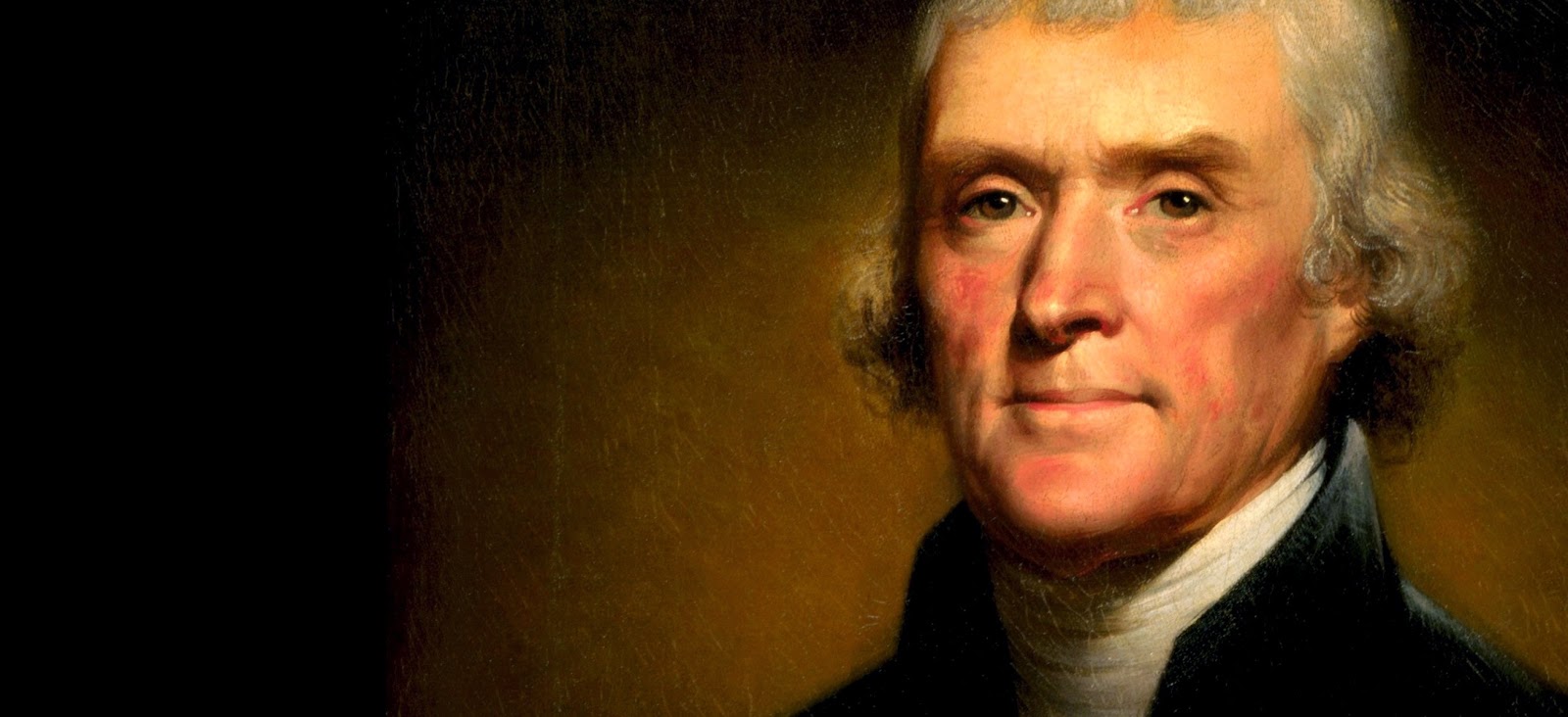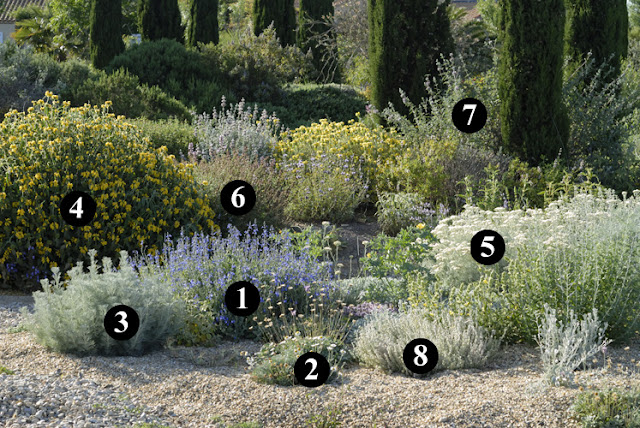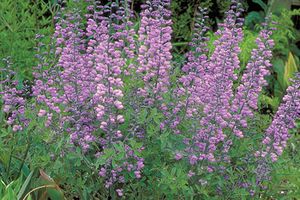Thomas Jefferson and his Private Retreat, Poplar Forest
I admit it, I am a Thomas Jefferson nut....
No well known historical person has combined so many diverse talents as good ole' T.J. (well, maybe his friend, Ben did...) Besides his leadership and writing acumen, Jefferson was a genius when it came to building design, planning and, yes, gardening.
I admire his plantation retreat, Poplar Forest, in Virginia.
Here, Jefferson used a single geometric form, the octagon, for the house and a circle for the surrounding landscape.
He took advantage of the sloping terrain and built the octagonal building into the slope so that lower entrance opens directly onto the ground level and the upper level opens out to the higher ground on the other side. You can now visit the restored 'villa retreat' - please check out the website for a fascinating history of this wonderful place.
 |
| Poplar Forest, Jefferson's Private Retreat that he designed |
Jefferson created two artificial mounds on opposite sides of the house and planted trees on these hillocks to further envelope the house. The techniques Jefferson used in siting and manipulating the earth around the house were way ahead of his time!
Jefferson was also an ardent plant lover and a pioneer plant distributor.
He collected exotic trees and shrubs and investigated new crops to grow in the United States. He sent rice to South Carolina and Georgia from his tour in Italy and, in time, it became a flourishing agricultural crop. Jefferson also introduced the Pecan tree to the Southern U.S. by distributing the nuts and growing them in a special nursery.
A tribute that probably pleased Jefferson as much as any other was the naming of a native Virginia flower after him - Jeffersonia diphylla. (Color Drawing: Wolcott, M.V. 1925. North American Wild Flowers. Smithsonian Institution. )
In their excellent book, 'Thomas Jefferson, Landscape Architect,' Frederick Doveton Nichols and Ralph E. Griswold summed up the man as landscape artist and planner:
"By applying his profound knowledge of nature and his intelligent observation of historic architecture, he was able to plan many houses and assist in the design of a state capitol, a federal city, and a university to fit the needs of our country.
He was a pioneer of an art that united the natural landscape with architecture for the glory of a new nation."
Now, how many national politicians can do that today?











Hello Jan ... I followed a link to this blog because I am interested in Fothergilla "Blue Shadow" and I wondered if you still have it in your garden and what you think of it's performance ?
ReplyDeleteI have seen documentaries about Jefferson's designs ... very impressive indeed.
Joy : )
Hello Canadian Garden Joy ( great name)!
DeleteI don't have experience with 'Blue Shadow' but by all accounts it looks fabulous...I want to get some - just for that blue foliage....
I really liked the information you presented in this blog. I didn't realize that he is responsible for all our southern pecan trees! Also, we had a chance to visit the area this past spring when we attended a wedding, but we were short on time and we weren't able to visit this site. We did, however, visit the National D-Day Memorial in Bedford, VA, and that was very informative and interesting as well.
ReplyDeletethere is so much to see out there...and T. J. did a lot of important agricultural things that we are just learning...
Delete